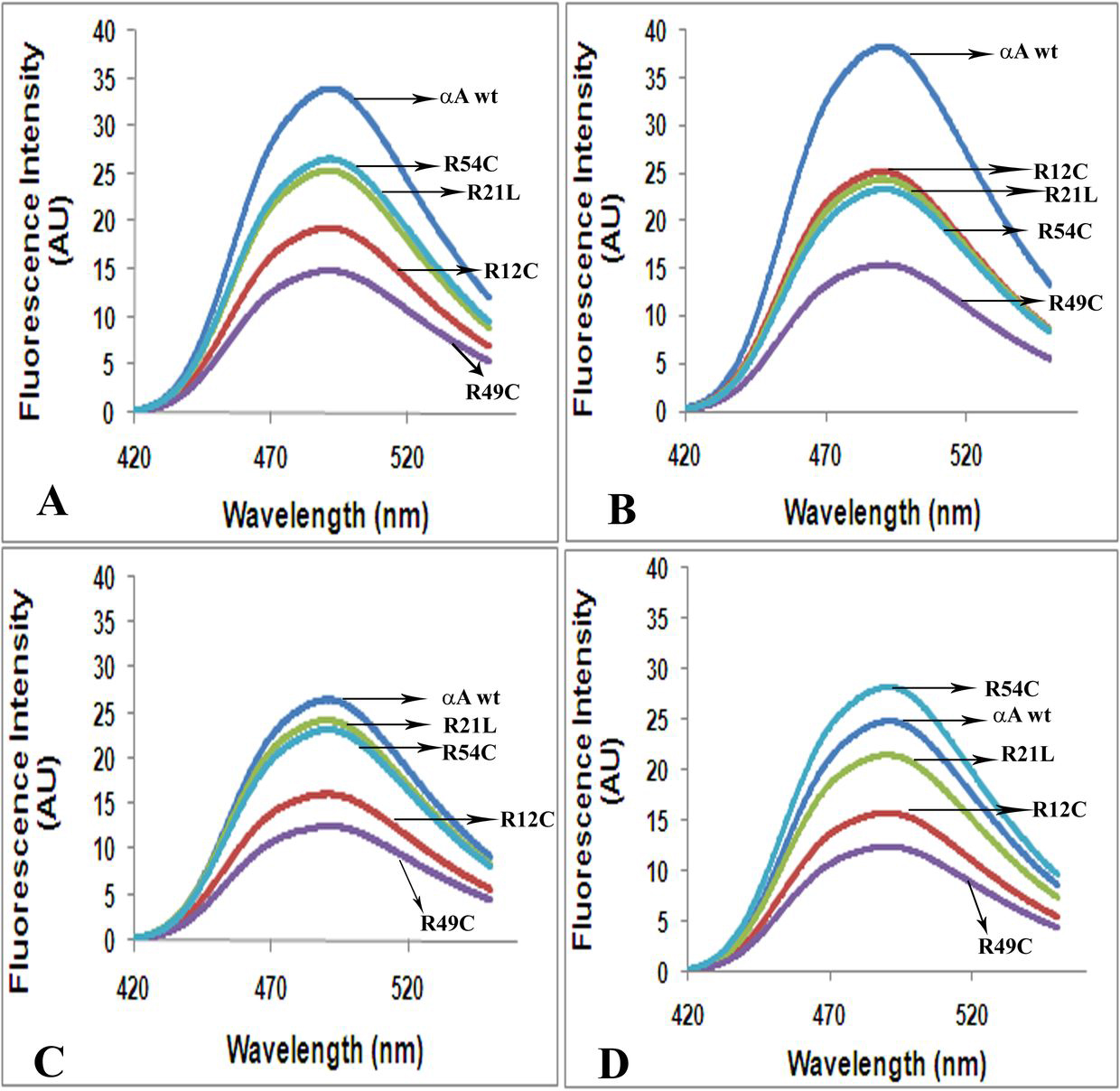Figure 7. Surface hydrophobicity of the gamma irradiation and non-gamma irradiation αA-crystallin wild-type and its N-terminal mutants.
Higher 4,4'-bis(1-anilinonaphthalene 8-sulfonate) (bis-ANS) fluorescence intensity at room temperature shows that the αA-crystallin
N-terminal mutants expose hydrophobic patches on the surface upon gamma irradiation (GI). The bis-ANS fluorescence intensity
of the αA-crystallin wt and N-terminal mutants was recorded at (A) 0 kGy, (B) 0.5 kGy, (C) 1.0 kGy, and (D) 2.0 kGy dosages of GI. At 0 kGy, all mutants exhibited decreased surface hydrophobicity when compared to the αA-crystallin
wt. On GI at 0.5 kGy, a slight increase in the surface hydrophobicity was observed for αA-crystallin wt and mutant R12C; however,
a slight decrease was observed in the mutants R21L and R54C. At 1.0 kGy, αA-crystallin wt and mutant R12C exhibited a considerable
decrease in surface hydrophobicity, no change in R21L, and a slight decrease in R49C. The mutant R54C exhibited a significant
increase in surface hydrophobicity at 2.0 kGy, but the other mutants exhibited similar fluorescence as observed at 1.0 kGy.

 Figure 7 of
Ramkumar, Mol Vis 2014; 20:1002-1016.
Figure 7 of
Ramkumar, Mol Vis 2014; 20:1002-1016.  Figure 7 of
Ramkumar, Mol Vis 2014; 20:1002-1016.
Figure 7 of
Ramkumar, Mol Vis 2014; 20:1002-1016. 